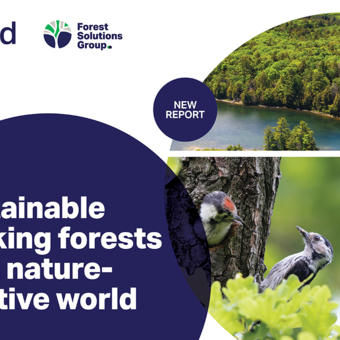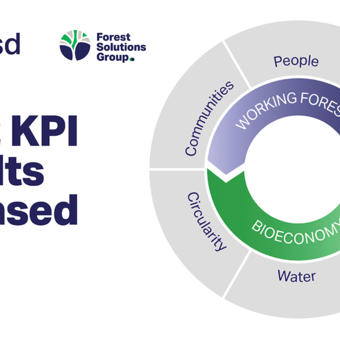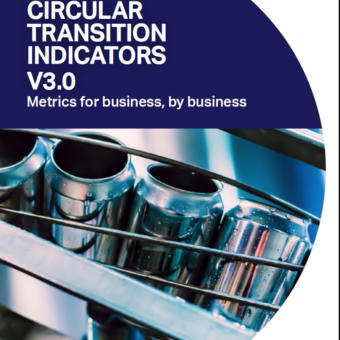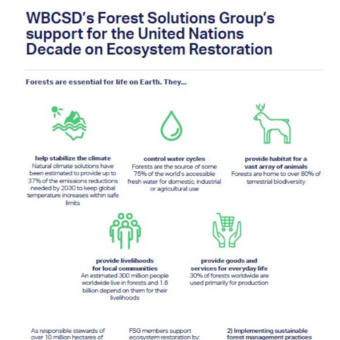Circular Bioeconomy

While the global population has doubled over the last 50 years, resource extraction has tripled. 90% of biodiversity loss and water stress are caused by natural resource extraction and processing. Unless we become more effective in how we harvest, process, use and reuse biological resources, we will be confronted with the catastrophic consequences of climate change, biodiversity loss and resource scarcity.
To achieve the Sustainable Development Goals, the goals of the Paris Agreement and our Vision 2050, businesses across the whole value chain and governments need to come together, to understand the concept, the challenges and the opportunities of the circular bioeconomy and apply the strategies needed.
The Challenge
Our current economic systems are based on linear value chains that depend on the continuous and increasing extraction of raw materials. Currently only 8.6% of total material extracted is cycled back into the economy. It has become a necessity to re-think the predominant economic model to avoid the worse effects of climate change, biodiversity and ecosystems loss and resource scarcity.
The Business Case
The circular bioeconomy represents a USD $7.7 trillion business opportunity until 2030 while addressing the most pressing societal issues such as food loss and waste; biodiversity loss; climate change; land use change and resource scarcity. The economic opportunity of the circular bioeconomy through the substitution of fossil-based materials with biomaterials can be leveraged by most sectors of the economy.
The Business Solution
We will support our members understanding this concept and provide them with the necessary tools to overcome key challenges and successfully implement the strategies associated with the circular bioeconomy.

























